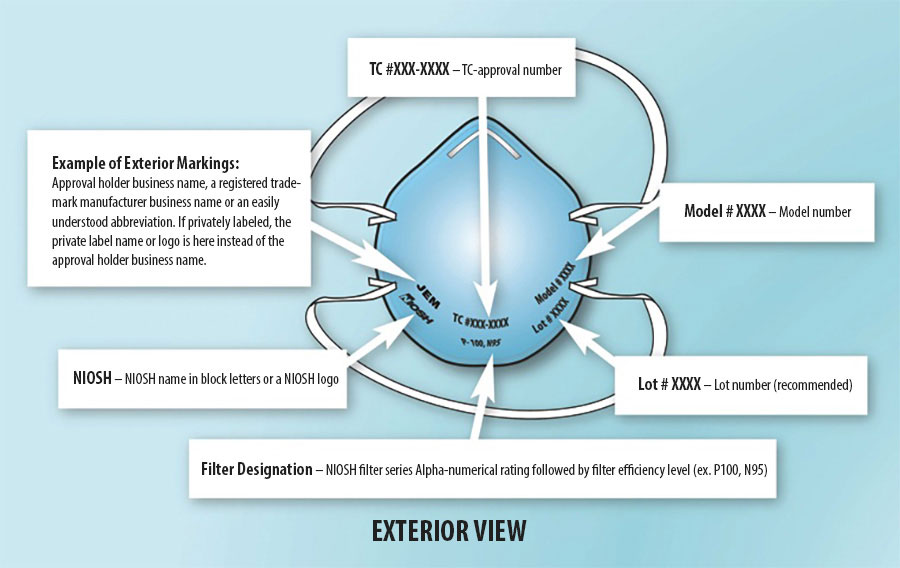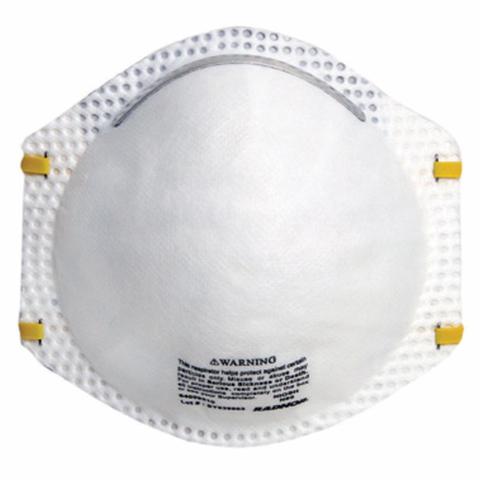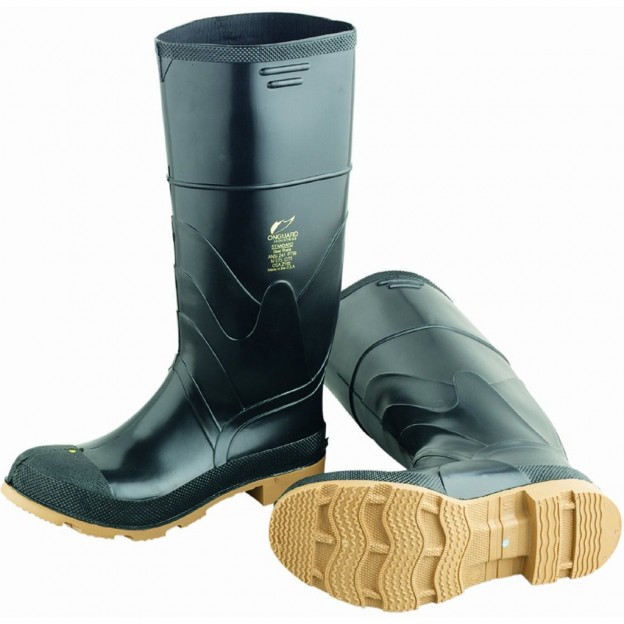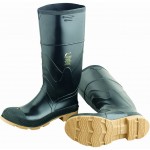N95 and R95 Respirator Dilemma
Anyone who has researched disposable respirators has faced the dilemma between choosing an N95 or R95 disposable respirator. Questions arise: What is really the difference between the two? Which one should I be using?
The N95 and R95 nomenclature originate with, and are approvals from, NIOSH. NIOSH is the National Institute for Occupational Safety and Health. It is the government agency that tests the respirators to verify they actually filter what they are marketed to filter.
With respect to the N95 and R95 respirators, both are confirmed by NIOSH to have a filtration efficiency of at least 95%.
Difference Between N95 and R95 Respirators
The difference between the two pertains to their resistance to oil-based particles.
3M puts it like this, “Under the NIOSH classification system, ‘N’ rated respirators can only be used for particles that do not contain oils. But, ‘R’ rated respirators may be used in environments that contain oily particles.”
Officially, NIOSH has two designations for oily-based particle disposable respirators – R95 and P95. The “R” rating is said to be “somewhat resistant to oil”. The “P” rating is said to be “strongly resistant to oil”.
In other words, the R95 has an 8 hour service life. The P95 has a 40 hour or 30 day service life (whichever comes first). You can read more about this in the following NIOSH article: NIOSH-Approved Particulate Filtering Facepiece Respirators.
What is an oil-based particle?
When oil-based products, like some solvents or pesticides, are sprayed, the oil particles become airborne. These airborne oil particles are oil-based particles. The SDS for the product you are using should make this clear.
Should I Use an N95 or R95?
Now this question can be answered and understood. Of course, the simplest thing to do is use an R95 even when there are no oil-based particles. Why? Because it does everything the N95 does, plus oil-based particles. Generally, however, R95 respirators are more expensive.
What Is the Rating on My Disposable Respirator?
The answer to this is found on the respirator. The below picture will point you in the right direction. It is located in what is called the “filter designation” area.

You can find a variety of disposable respirators from Major Safety – Disposable Respirators.



